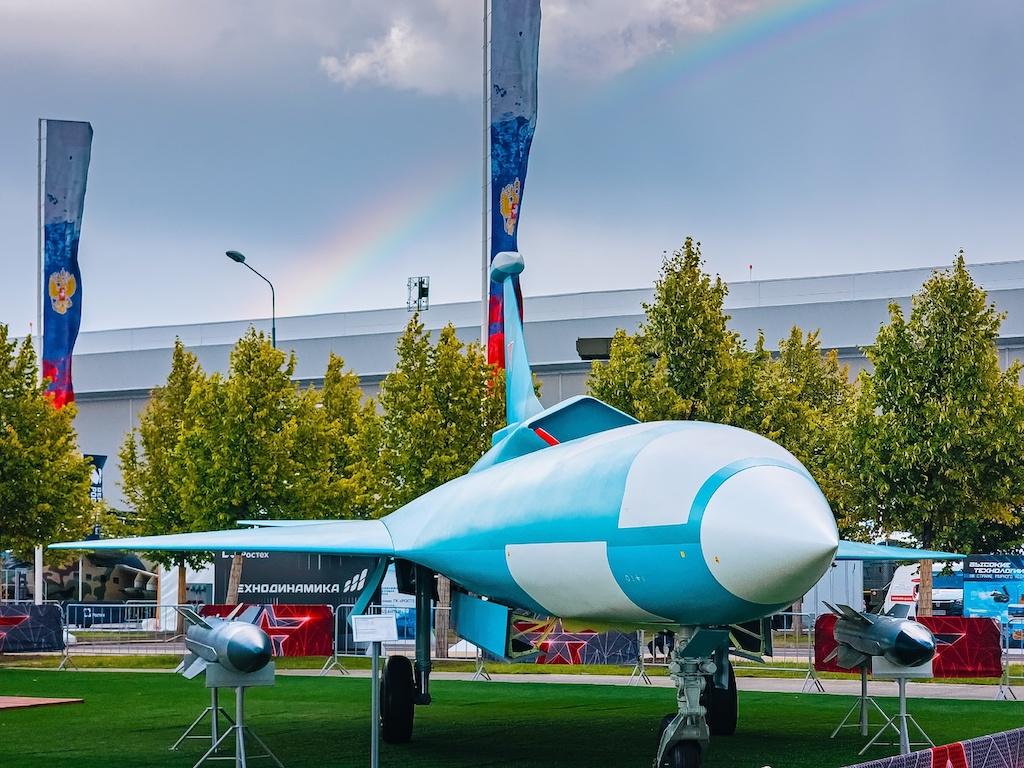
Kronstadt unveiled a revised design of its proposed Grom uncrewed aerial system at Army 2024.
Credit: Kronstadt
Kronstadt brought the “Thunder” to the annual Russian arms exhibition outside Moscow last week, but with an unexpected twist. The St. Petersburg-based maker of uncrewed aircraft systems (UAS) first brought a Grom (“Thunder”) concept model to the International Military-Technical Forum known as “Army”...
Subscription Required
The Debrief: Russian Firm Remakes Loyal Wingman Concept is published in Aerospace Daily & Defense Report, an Aviation Week Intelligence Network (AWIN) Market Briefing and is included with your AWIN membership.
Already a member of AWIN or subscribe to Aerospace Daily & Defense Report through your company? Login with your existing email and password.
Not a member? Learn how you can access the market intelligence and data you need to stay abreast of what's happening in the aerospace and defense community.





